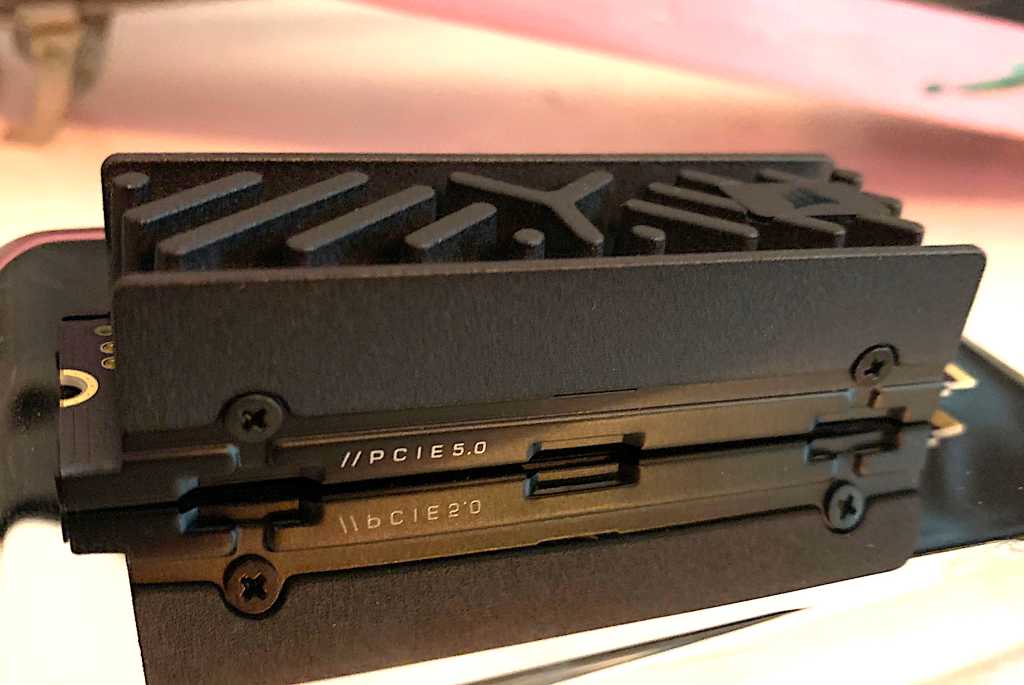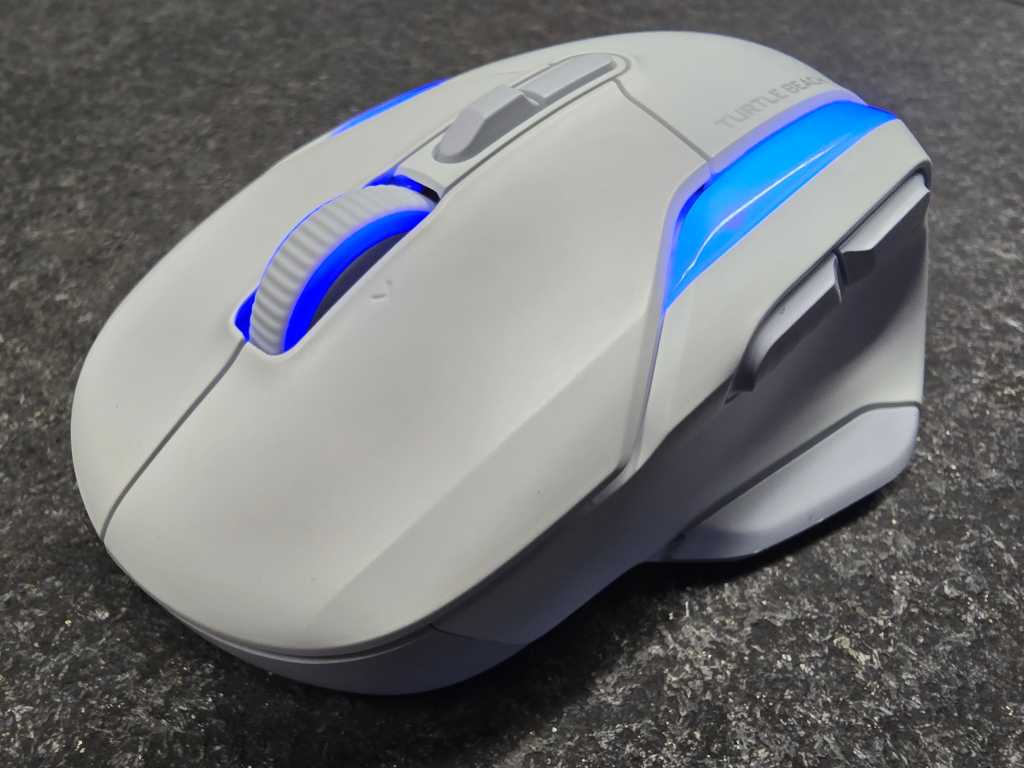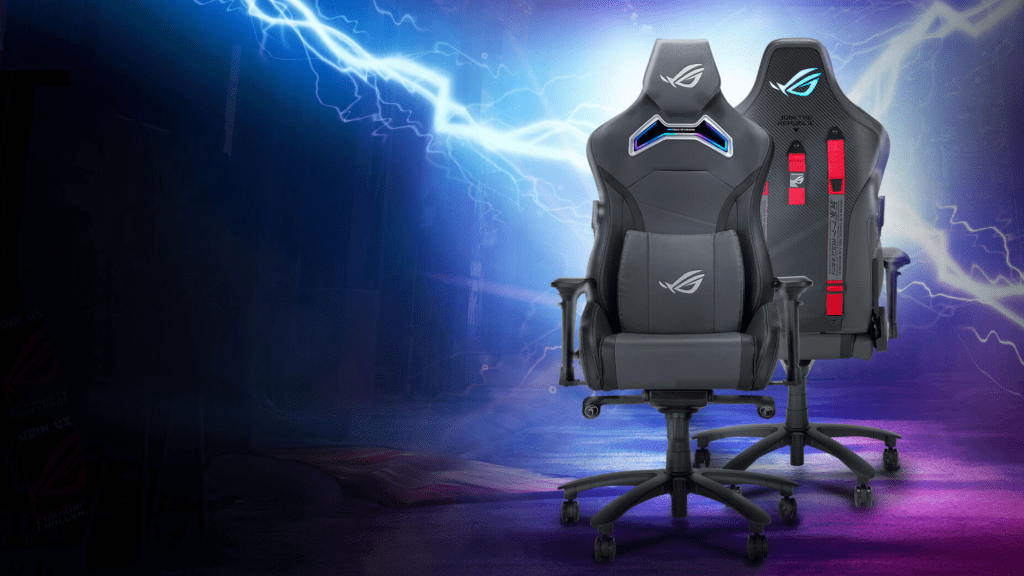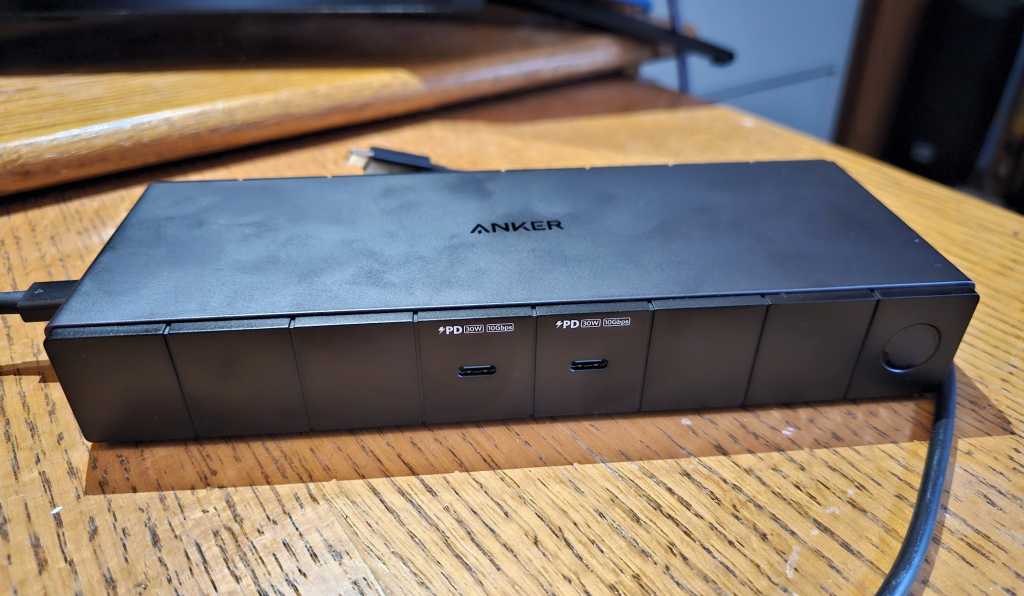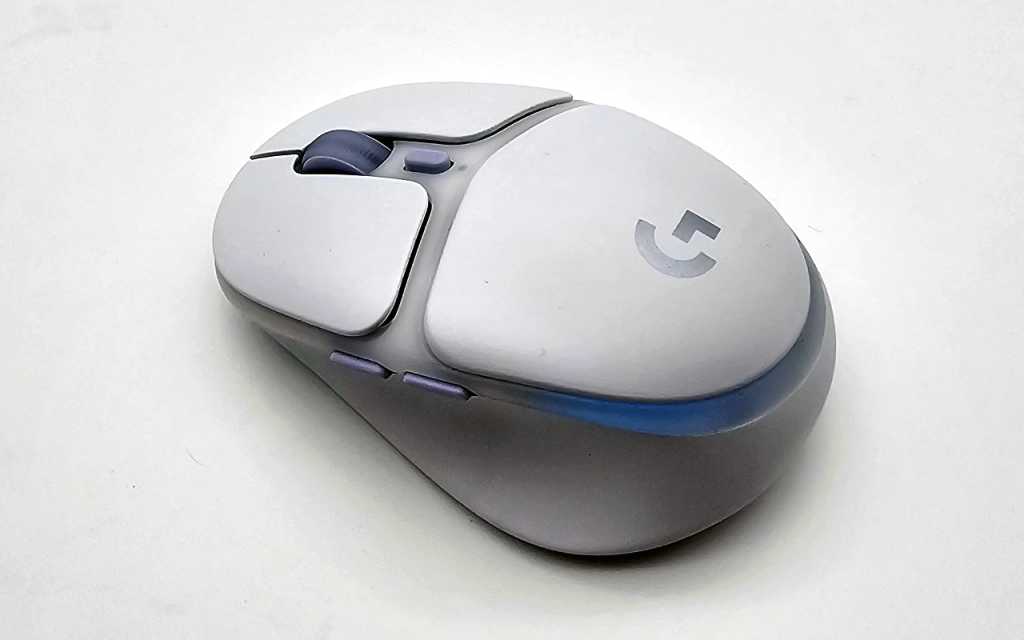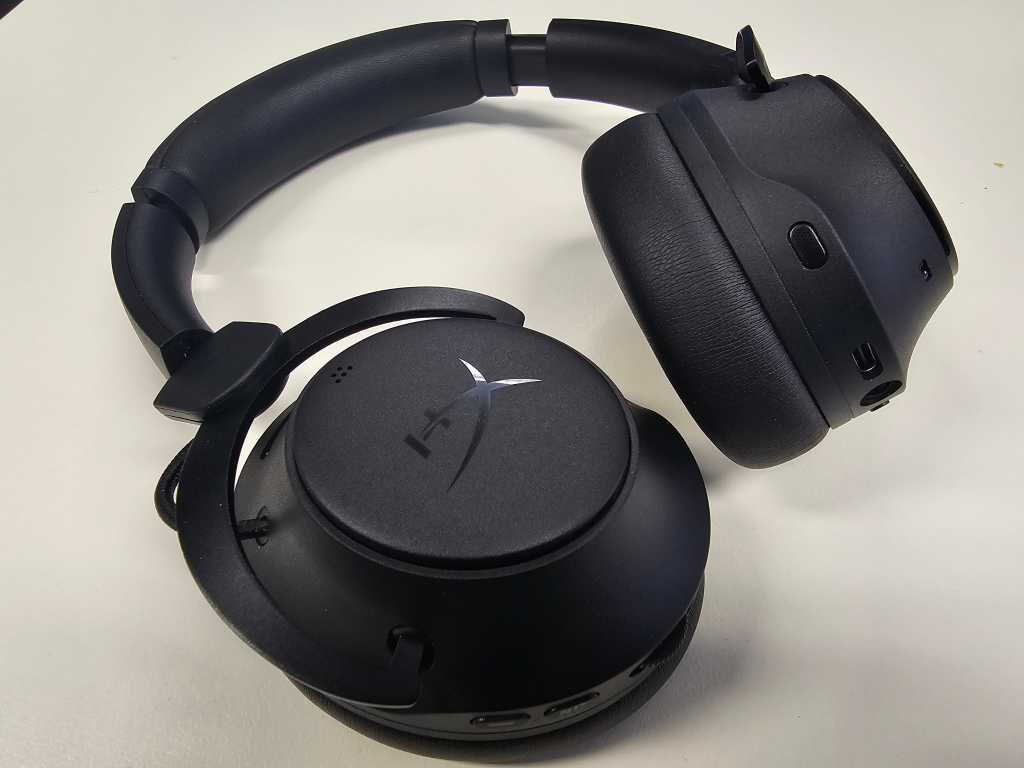The Corsair MP700 Elite promises a significant performance boost with its PCIe 5.0 interface. But does this translate to tangible real-world improvements? This review dives into the MP700 Elite’s features, performance, and value proposition to determine if it’s worth the premium over PCIe 4.0 alternatives.
Corsair MP700 Elite: Features and Specifications
The Corsair MP700 Elite is a standard 2280 (22mm wide, 80mm long) M.2 NVMe SSD utilizing the PCIe 5.0 interface. Unlike its predecessors, it features the new Phison PS5031-E31T controller paired with 218-layer TLC NAND. Instead of a dedicated DRAM cache, it employs a Host Memory Buffer (HMB) design, leveraging system memory for caching. While HMB designs were previously associated with weaker performance, they now often match or even surpass DRAM designs in sustained throughput.
The MP700 Elite significantly outperforms PCIe 4.0 HMB SSDs in benchmarks, showcasing the potential of PCIe 5.0.
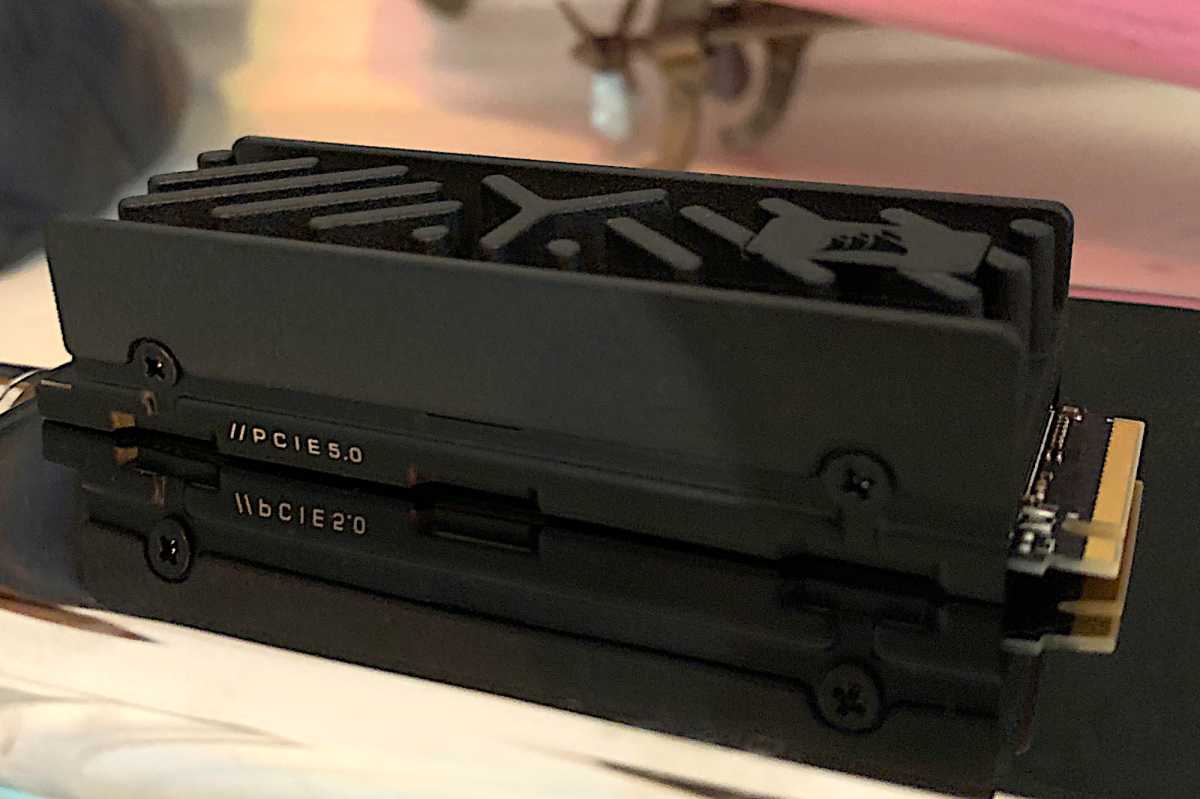
However, HMB designs generally lag behind DRAM-equipped SSDs in random operations, a key area where DRAM still holds an advantage. The MP700 Elite comes with a five-year warranty and a 600TBW (Terabytes Written) endurance rating per 1TB of capacity. This high endurance rating should easily outlast the warranty period for most users.
Corsair MP700 Elite: Pricing and Availability
The MP700 Elite is available in 1TB and 2TB capacities, both with and without a heatsink. The heatsink versions are only slightly more expensive, offering good value for enhanced thermal management. While the MP700 Elite commands a premium over PCIe 4.0 SSDs, the question remains whether the performance gains justify the increased cost, especially considering current hardware and software limitations. While PCIe 5.0 offers impressive multi-queue performance, real-world software often utilizes single queues, where the performance difference is less pronounced.
Corsair MP700 Elite: Performance Analysis
Benchmark results show the MP700 Elite significantly outpacing PCIe 4.0 HMB SSDs, particularly in sequential throughput. The doubled bandwidth of PCIe 5.0 is clearly evident in these tests.
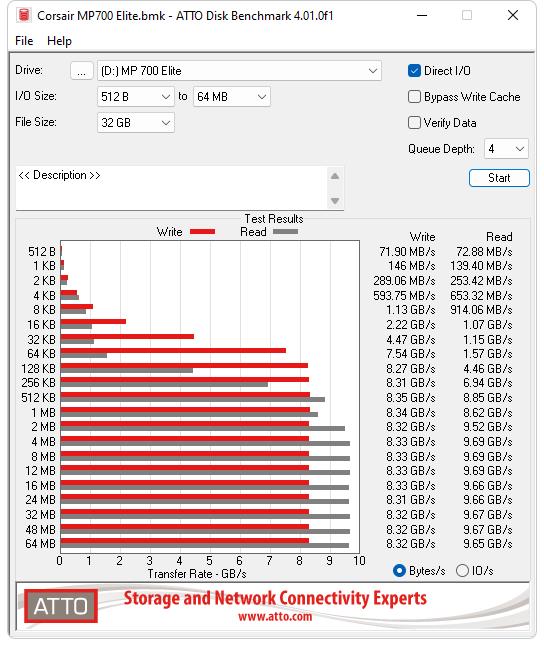
ATTO benchmarks highlighted the MP700 Elite’s impressive sustained throughput.
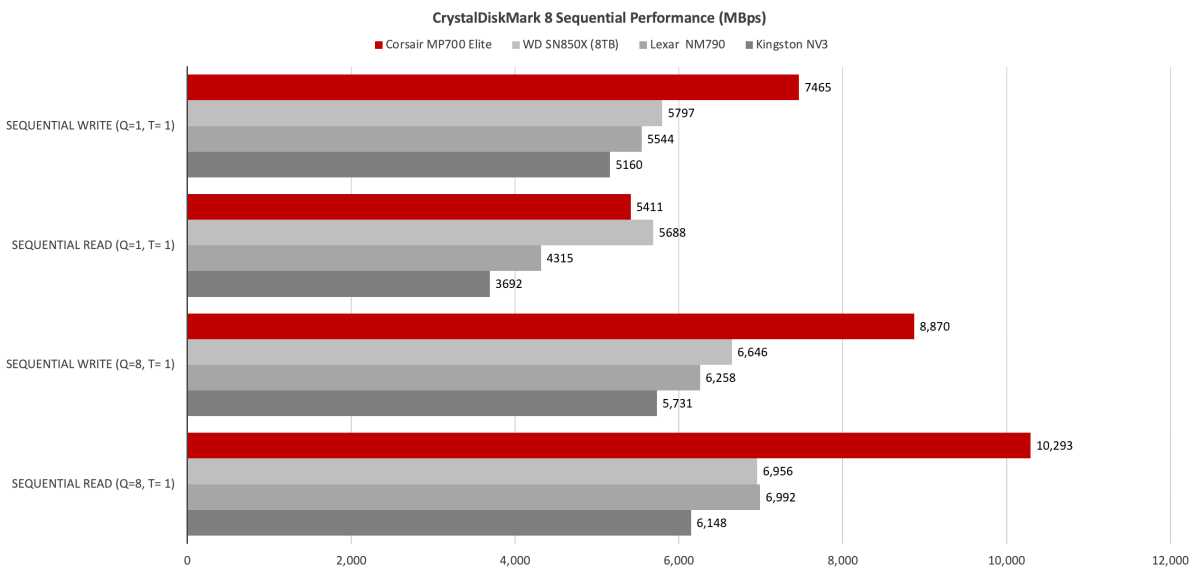
CrystalDiskMark 8 further demonstrated the MP700 Elite’s capabilities in sequential tests. However, in random 4K performance, the increased bandwidth had little impact, with the MP700 Elite falling behind some PCIe 4.0 competitors like the WD SN850X.
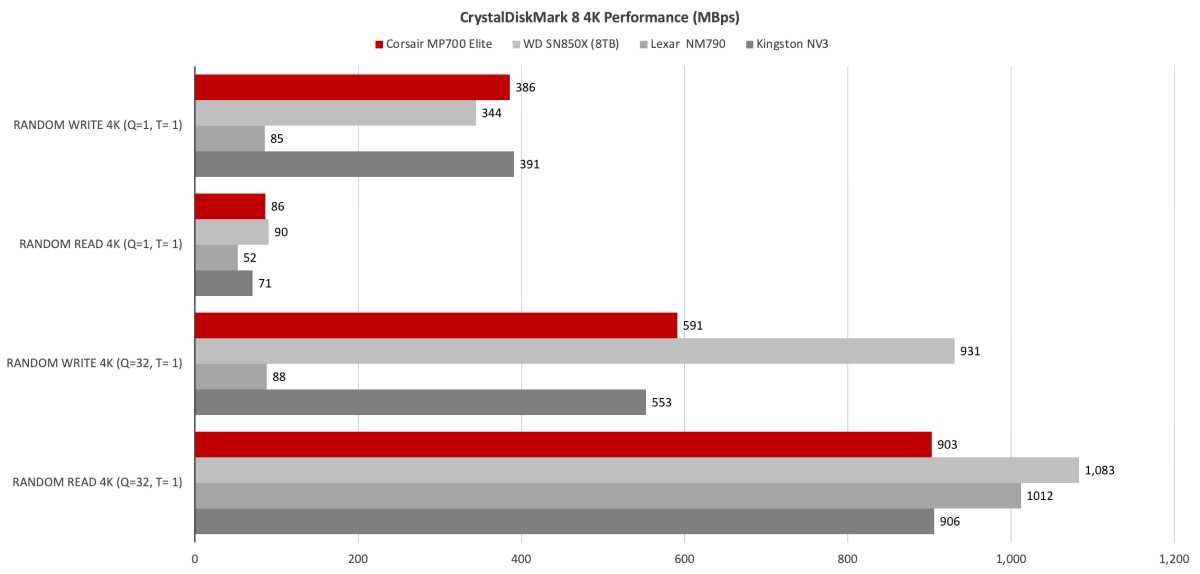
Real-world file transfer tests yielded more modest results. While the MP700 Elite performed well, it didn’t significantly outperform some PCIe 4.0 drives.
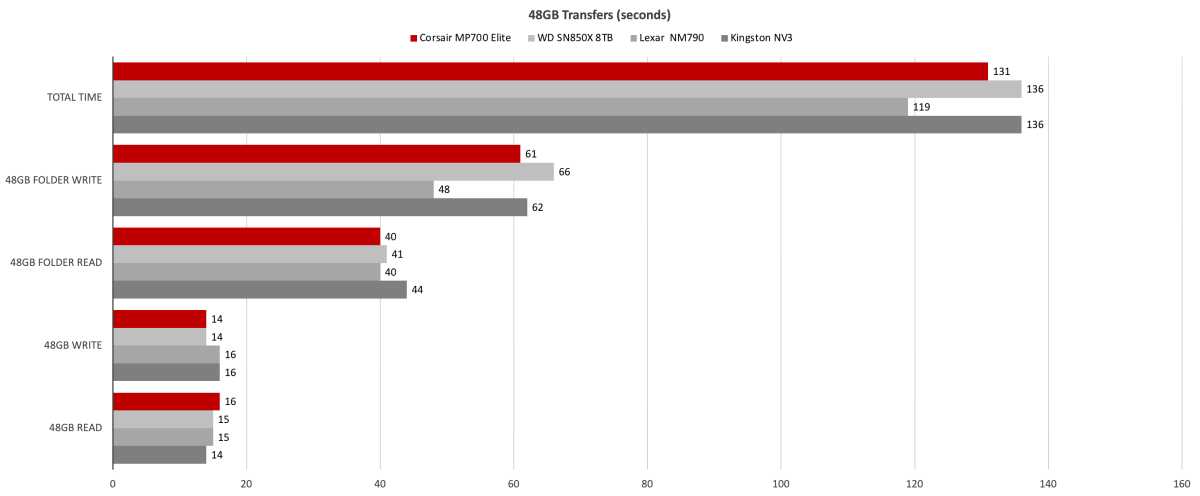
Similarly, in a 450GB single file write test, the MP700 Elite delivered good performance but didn’t shatter any records.
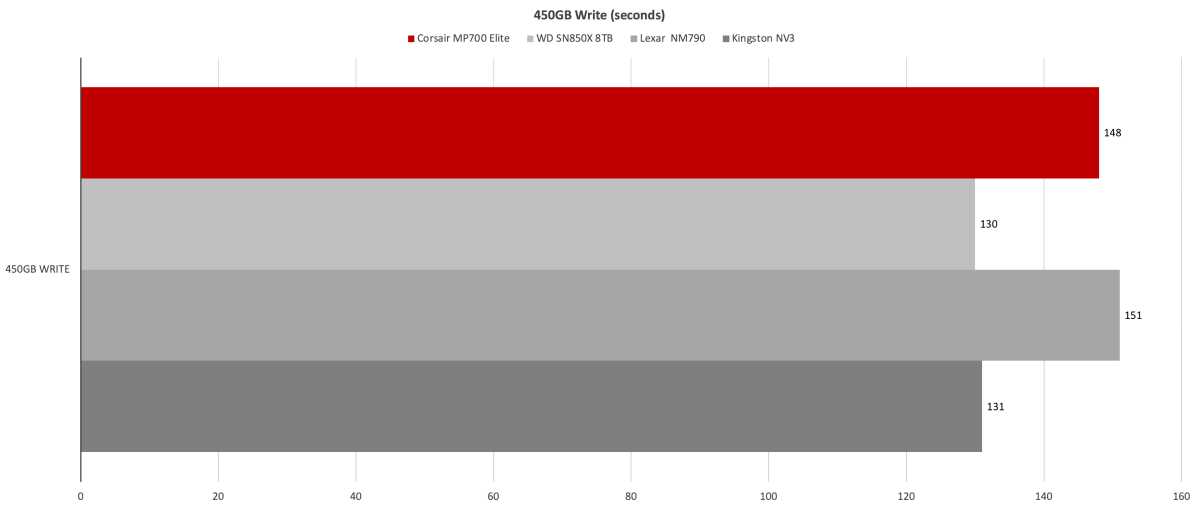
Corsair MP700 Elite: Should You Buy It?
The Corsair MP700 Elite offers impressive sequential performance gains in benchmarks, showcasing the potential of PCIe 5.0. However, these improvements don’t fully translate to real-world scenarios for most users due to software limitations. If you have a PCIe 5.0-compatible system and utilize software that can leverage the increased bandwidth, the MP700 Elite is a viable option. However, for the average user, a PCIe 4.0 HMB SSD can offer comparable real-world performance at a lower cost.



